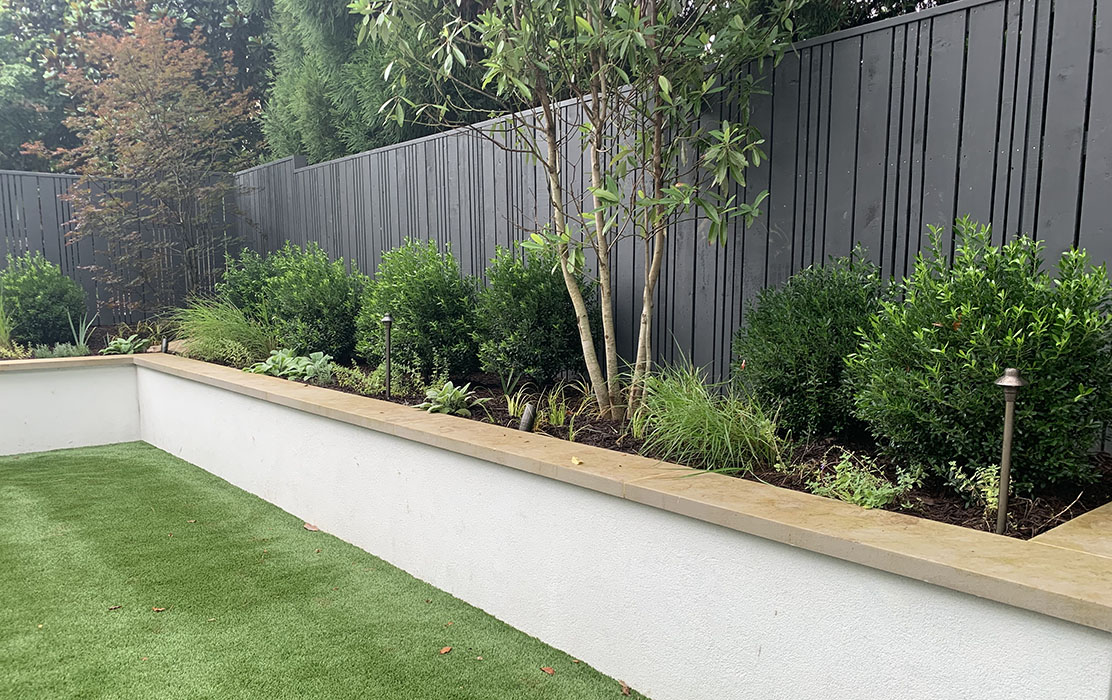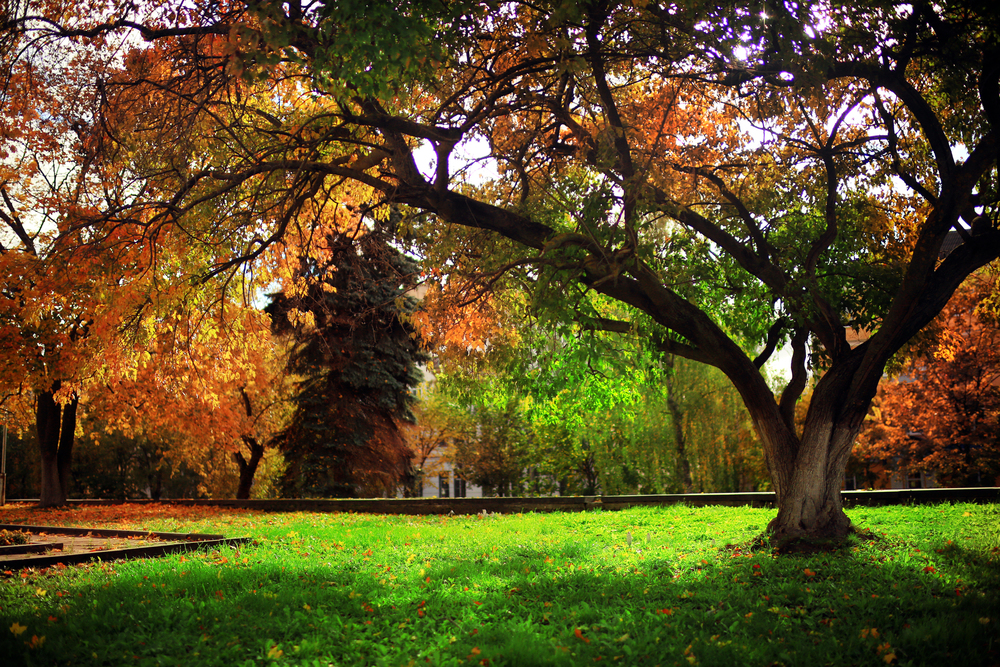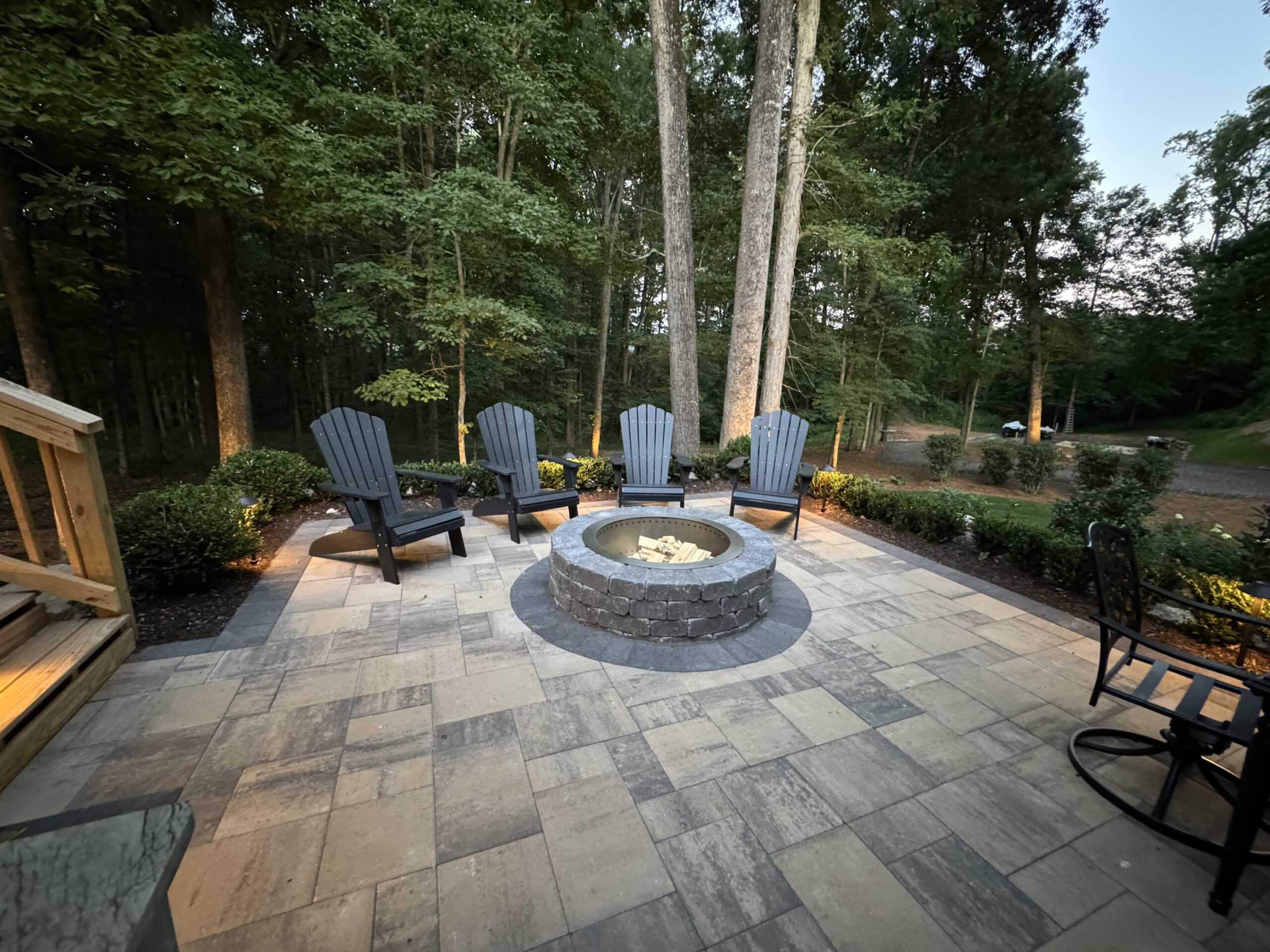Imagine stepping into your backyard and being met with an elegantly tiered garden that seems to defy gravity. Retaining walls make this possible, transforming uneven terrains into functional, beautiful landscapes. They’re not just structural necessities; they’re artistic elements that can redefine your property’s aesthetic. Whether you’re a homeowner dreaming of a serene retreat or a lively outdoor entertaining space, understanding retaining walls is essential.
For many homeowners, the landscape is an extension of their living space. It’s where children play, families gather, and individuals find solace. Landscaping enhances not only the visual appeal but also the value of your property. Retaining walls are a key player in this transformation. They offer solutions to common landscaping challenges, paving the way for creativity within the boundaries of practicality.
In this guide, we’ll explore the pivotal role retaining walls play in landscape design. From their fundamental purpose to real-life applications, you’ll see how these structures are much more than mere barriers. Prepare to gather insights, tips, and inspiration that will guide you toward your dream landscape.
Understanding Retaining Walls
What Are Retaining Walls?
Retaining walls are rigid structures designed to hold back soil and prevent erosion. They are often used in areas with significant elevation changes to keep soil from spilling down slopes. Available in various materials such as concrete, stone, and wood, retaining walls serve both functional and aesthetic purposes. They are integral in landscape design, allowing you to shape your terrain into something both useful and beautiful.
The Function of Retaining Walls
The primary function of a retaining wall is to stabilize slopes and provide support to vertical or near-vertical grade changes. This is essential in preventing soil erosion and managing water runoff, especially in areas with heavy rainfall. By holding back soil, they create level surfaces in otherwise impractical areas, making them ideal for planting gardens, constructing walkways, or even creating outdoor seating areas.
Types of Retaining Walls
There are several types of retaining walls to choose from, each catering to different needs and aesthetic preferences. Gravity walls rely on their weight to hold soil in place, while cantilevered walls use less material but require more complex engineering. Anchored walls use cables or other supports to secure them to the rock or soil behind, providing additional stability. Segmental retaining walls are made of interlocking blocks and are popular due to their versatility and ease of installation.
The Importance of Retaining Walls in Landscape Design
Erosion Control and Soil Stabilization
One of the primary reasons for installing a retaining wall is to control erosion and stabilize soil. These walls effectively manage water drainage, directing it away from vulnerable areas and reducing the risk of landslides. For homeowners on sloped properties, retaining walls can be a critical investment for maintaining the integrity of their landscape. Properly designed walls can significantly reduce soil erosion, preserving your garden and overall property landscape.
Creating Usable Space on Steep Slopes
Retaining walls are invaluable for homeowners looking to maximize their outdoor space. On steep slopes, they create terraced areas that can be transformed into gardens, patios, or playgrounds. This not only increases the usability of your property but also enhances its value. Imagine converting a sloped backyard into a series of flat, functional spaces – perfect for entertaining or simply relaxing amidst nature.
Enhancing the Aesthetics of the Property
Beyond their functional benefits, retaining walls contribute to the aesthetic appeal of your landscape. They add dimension and texture, creating striking visual interest. With a variety of materials and designs available, retaining walls can complement any architectural style—from rustic to modern—blending seamlessly into the surrounding environment. Thoughtfully designed walls can act as focal points, drawing attention to specific areas of your landscape.
Factors to Consider When Designing Retaining Walls
Materials and Their Durability
Selecting the right materials is crucial for the longevity and appearance of your retaining wall. Natural stone offers a classic look but can be pricey and heavy. Concrete is durable and versatile, allowing for various finishes and textures. Timber provides a warm, natural feel but may require more maintenance over time. Each material brings its own set of pros and cons, so consider not only aesthetics but also maintenance and durability.
Drainage and Proper Installation Techniques
Proper drainage is essential for the effectiveness of retaining walls. Without it, water can build up behind the wall, causing damage or even failure. Ensure your design includes adequate drainage solutions, such as gravel backfill and weep holes, to allow water to escape. Additionally, professional installation is recommended to ensure the wall’s stability and longevity, particularly for taller or more complex structures.
Compliance with Local Building Codes
Before embarking on your retaining wall project, familiarize yourself with local building codes and regulations. These guidelines often dictate the height and construction methods for retaining walls. Consulting with a professional can help ensure that your project complies with all legal requirements, avoiding potential issues down the line. Building permits may be necessary for walls over a certain height, so it’s wise to check with local authorities.
Retaining Walls and the Environment
Sustainable Practices in Retaining Wall Design
Sustainability is becoming increasingly important in landscape design, and retaining walls are no exception. Using recycled materials, such as crushed concrete, can reduce environmental impact. Selecting locally sourced materials minimizes transportation emissions. Additionally, incorporating native plants in the design can enhance biodiversity and support local ecosystems.
Environmental Impact of Retaining Walls
While retaining walls offer numerous benefits, it’s important to consider their environmental impact. Properly designed walls can mitigate soil erosion and improve water management, contributing positively to the environment. However, poorly constructed walls can lead to increased runoff and habitat disruption. Thoughtful design and material choice can help minimize negative impacts.
Balancing Functionality and Eco-friendliness
Achieving a balance between functionality and sustainability is key in retaining wall design. By prioritizing eco-friendly materials and construction methods, homeowners can create walls that are both effective and environmentally responsible. Incorporating green technologies, such as rainwater harvesting or permeable surfaces, can further enhance your retaining wall’s sustainability.
How to Maintain Retaining Walls
Tips for Regular Maintenance
Maintaining your retaining wall is essential for its durability and effectiveness. Regularly inspect the wall for signs of wear or damage, such as cracks or leaning. Remove debris, foliage, and dirt buildup to ensure proper drainage. Address any issues promptly to prevent further damage and maintain the wall’s structural integrity.
Common Issues and How to Fix Them
Retaining walls can face a variety of issues over time, including shifting, cracking, or drainage problems. If you notice these signs, consult with a professional to assess the situation and recommend appropriate repairs. Early intervention can save you from costly repairs and ensure your wall continues to perform as intended.
Professional Help vs. DIY Solutions
While some maintenance tasks can be handled by homeowners, others may require professional expertise. For significant structural issues or complex repairs, it’s best to consult with a qualified contractor. They can provide the knowledge and skills needed to address problems effectively, ensuring your retaining wall remains a valuable feature of your landscape.
Meadows Landscapes: Your Retaining Wall Experts
At Meadows Landscapes, we specialize in designing and constructing retaining walls that enhance the beauty and functionality of your property. Our team of experienced professionals utilizes top-quality materials and techniques to create durable, eco-friendly, and visually appealing retaining walls. Contact us today for a consultation on how we can transform your steep slope into a usable and attractive outdoor space. Let us help you take advantage of every inch of your property with our expertly designed retaining walls. So whether you’re looking to add usable terraced areas or improve the aesthetics of your landscape, let Meadows Landscapes be your go-to company for all things retaining walls.



